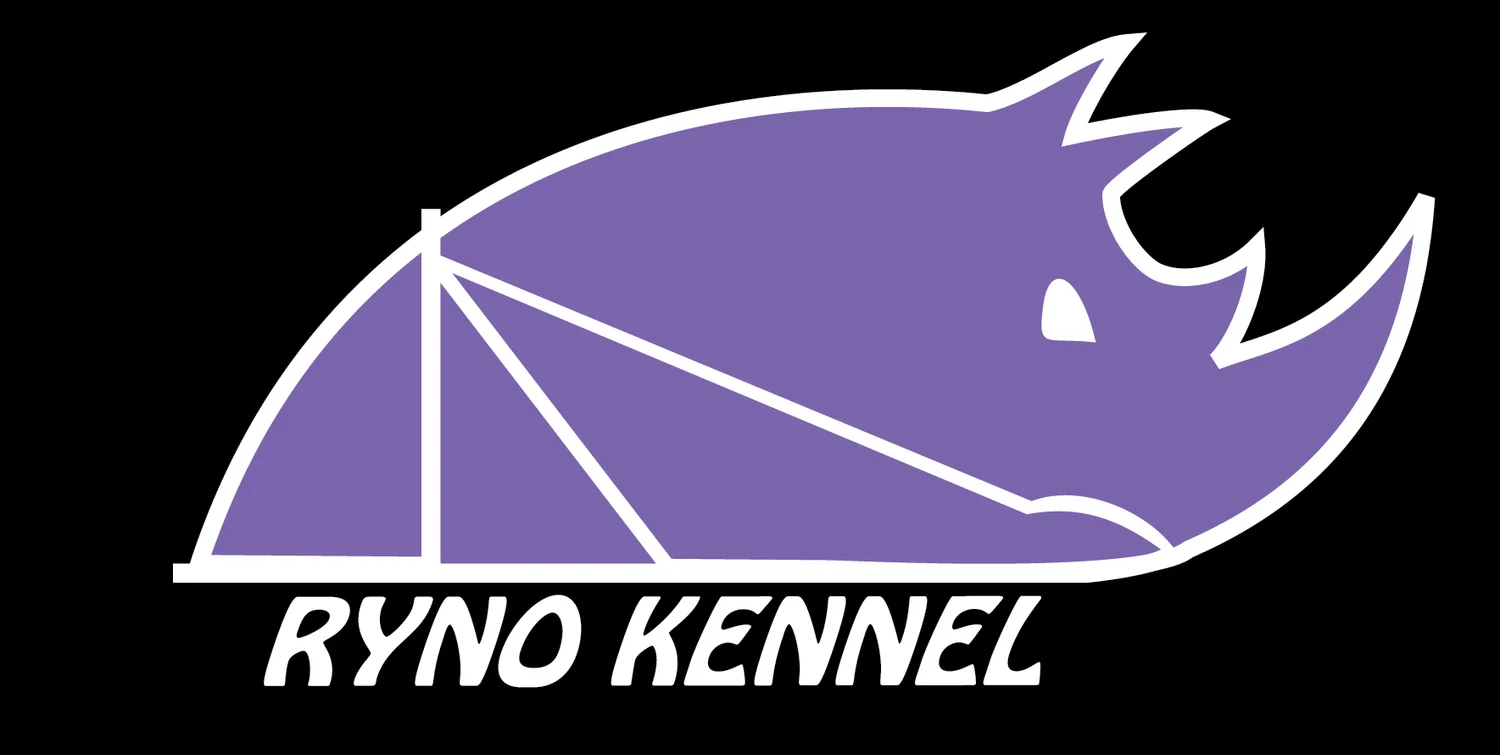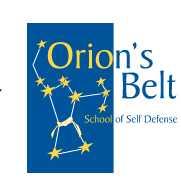Camping with Pups- By Simon
/Training long distance sled dogs includes teaching them how to rest. On races, the dogs must know during checkpoints and other longer stops how to eat a good meal and lay down on their straw to sleep. The goal is to recuperate as much energy as possible.
We train this in form of a run-rest schedule or often called a camp-out. We bring straw and food for the dogs and take them on a run. After a certain amount of miles, we stop, feed dogs, and lay out straw for them to rest on. Usually a stop like this takes around 4 hours. After the stop is over, the next run follows. This run-rest schedule can be repeated multiple times and later in the season we can cover up to 200 miles running dogs on one single camp-out trip.
That is how adult-aged racing dogs train, but the yearling team needs to be introduced to these camp-outs too. And that's exactly what Mandy and I did 2 days ago.
It's fun to introduce young dogs to new things. It’s even more fun when 11 out of the 14 dogs you bring on the camp-out are yearlings. Besides the yearlings we had Lefty as our main leader and Wombat who got promoted to puppy team leader this year. To round this number up, we also brought 2-year old Rose along. She is an amazing cheerleader (cheer-screamer) but she still hasn't found her running rhythm on longer runs yet and has problems keeping up with the adults. Because of that, Rose will have another training year with the yearlings.
The goal of this first run-rest schedule for the yearlings is to teach them how to calm down on a longer stop and ideally, sleep for a little bit on the straw. We planned on taking out two 7-dog teams, doing a 12 mile run, having a 2h break and finishing with another 8 mile run home.
We pack the straw, a little firewood and lot's of snacks for Mandy and I on the 2 atvs, hooked up the team and - "Readdddy! lets go!" - take off. After a mile, my ATV turns off and won't start again. Enough gas in the tank? Yes! Hmmmmm, that's about it for my mechanical knowledge. We are only a mile out and the trail loops around past Ryno Kennel anyways. So, I put the gear into neutral and - "readdyyyy! let's go!" - I let the dogs pull me back. On uphills I run a little, but besides that, the dogs bring us home at mostly the normal speed of 8-9 mph.
Back at Ryno Kennel, we extend Mandy's gangline and switch my dogs over to hers and take off again with now a 14 dog team on one single ATV.
(Later, I find out there is a little handle on the ATV that stops the flow of gas from the tank to the engine. I didn’t know that. The gas in the engine was actually out which puts my mechanical knowledge from almost 0 to a solid 0.)
The run goes really well and we pull up to our designated camping spot. We attach the front of the gangline to a tree, remove the dogs tuglines and lay out straw for them. In theory, the dogs will lay down now and we can build our fire and eat our snacks. But there is this one dog screaming all our ears off. Yes it's our cheerleader/screamer Rose. There won't be any dogs resting with Rose screaming into their ears. Before a tussle breaks out with her neighbor Cheddar, we move Rose back behind the ATV in hopes that a separate pile of straw away from the gangline will calm her down. But nope, the screaming continues. Who would have thought the oldest dog (besides the leaders) would cause the most trouble? We decide to take Rose over to our sit-down spot and Mandy cuddles her. It seems to calm her down and finally, everybody can relax a little.
By now, Lefty and Wombat are already cozy in the straw like experienced sled dogs should be. Looking down the row of yearlings, nobody is laying down but everybody is keeping to themselves or their running partner. A couple dogs are digging holes or chewing a stick. But there is no barking, growling or chewing equipment. That's good!
We build our campfire, finally eat our snacks, and watch the dogs.
"Havarti is tangled, I can fix her."
"Tuna stop growling at your sister, there are 100 other sticks and not all of them belong to you.”
"Havarti, your harness is tangled again!”
“MUENSTER! Don't chew that tugline!!!!" "Holly take your paws off Spit."
"Damnit Havarti again? Seriously?"
Mandy and I are definitely not getting bored but overall, everybody behaves very well. We have a couple of yearlings laying down and a few fall asleep still standing upright.
After 2 hours, we pack up, hook everybody back to the gangline and take off. On the straight run home, the yearlings work hard and look good. These are some good young dogs— let's go you little champions.
A video during hookup for a run after the campout to show the yearlings in action!

































